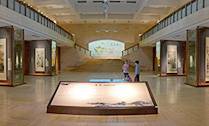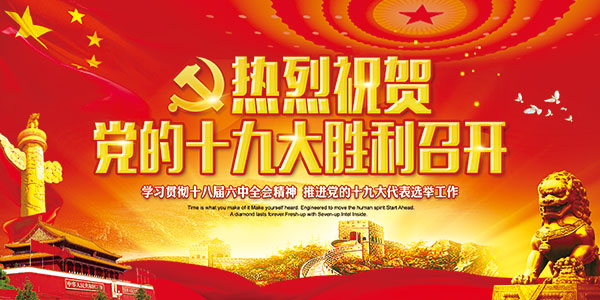Rains and Winds: Calligraphies of Late Ming Dynasty to Early Qing Dynasty Collected by Guangzhou Museum of Art
Release time:13-08-14
Foreword
In Chinese history, culture, more often than not, prospered and developed at the time when regimes changed or underwent political unrest, such as during the Spring and Autumn Periods, Wei and Jin Dynasties, Southern and Northern Dynasties, and from late Ming to early Qing Dynasties. During the late Ming to early Qing Dynasties, national conflicts stood out and the Han ethnic scholars had been through a cruel test. Hence the Chinese culture entered a special phrase of development.
Since the Jiajing Regime of the late Ming Dynasty, the disciplines of Zen had emphasized an almost instinctual inherent intuition. Among these disciplines, the Taizhou School who advocated enlightenment, had the most far-reaching influence on philosophy, literature and art, accompanied by a strong individual liberation trend. A large number of artists paid special attention to personality, creativity and sentiment. On the contrary, Neo-Confucianism and Revivalism were questioned.
Influenced by both philosophy and literature, great changes had taken place in calligraphy. Viewed from masterpieces by typical representatives at that time such as Xu Wei, Zhang Ruitu, Ni Yuanlu, Huang Daozhou, Wang Duo and Fu Shan, one can see their distinctive style influenced by the individual liberation trend. Subjective consciousness was obvious in these works with a high sense of heterodoxy and irrationality. The theory of “Preserving Childlike Innocence” raised by Li Zhi and the theory of “Preserving Spirit” by the “Three Yuans”, just to name a few, were products of the individual liberation trend to reflect a turbulent era of that time. Qian Qianyi once commented on Wang Duo’s calligraphy as, “Summoned by Gods and Spirits, his calligraphy moves with rains and winds.” This note is a general description to the overall style of calligraphic works in this period. Calligraphy during the late Ming and Qing Dynasties was a great reform and climax of dynastic succession. Such style lasted until the Kangxi reign of the Qing Dynasty, and faded away as the Dong Qichang calligraphic style prevailed.
During this transformation period, major breakthroughs had been made in traditional calligraphic formation. Massive scrolls and shields, under the masters’ painting brushes, were unpredictable, powerful, magnificent and unprecedented. At the meantime, people’s aesthetic conception was greatly changed during decades from small elegant pieces to wild and mega masterpieces. It is worth-mentioning that such aesthetic standard also had deep influence in calligraphy.


 Party's mass line
Party's mass line Activity Booking
Activity Booking Hall of Fame
Hall of Fame Donation
Donation Construction
Construction